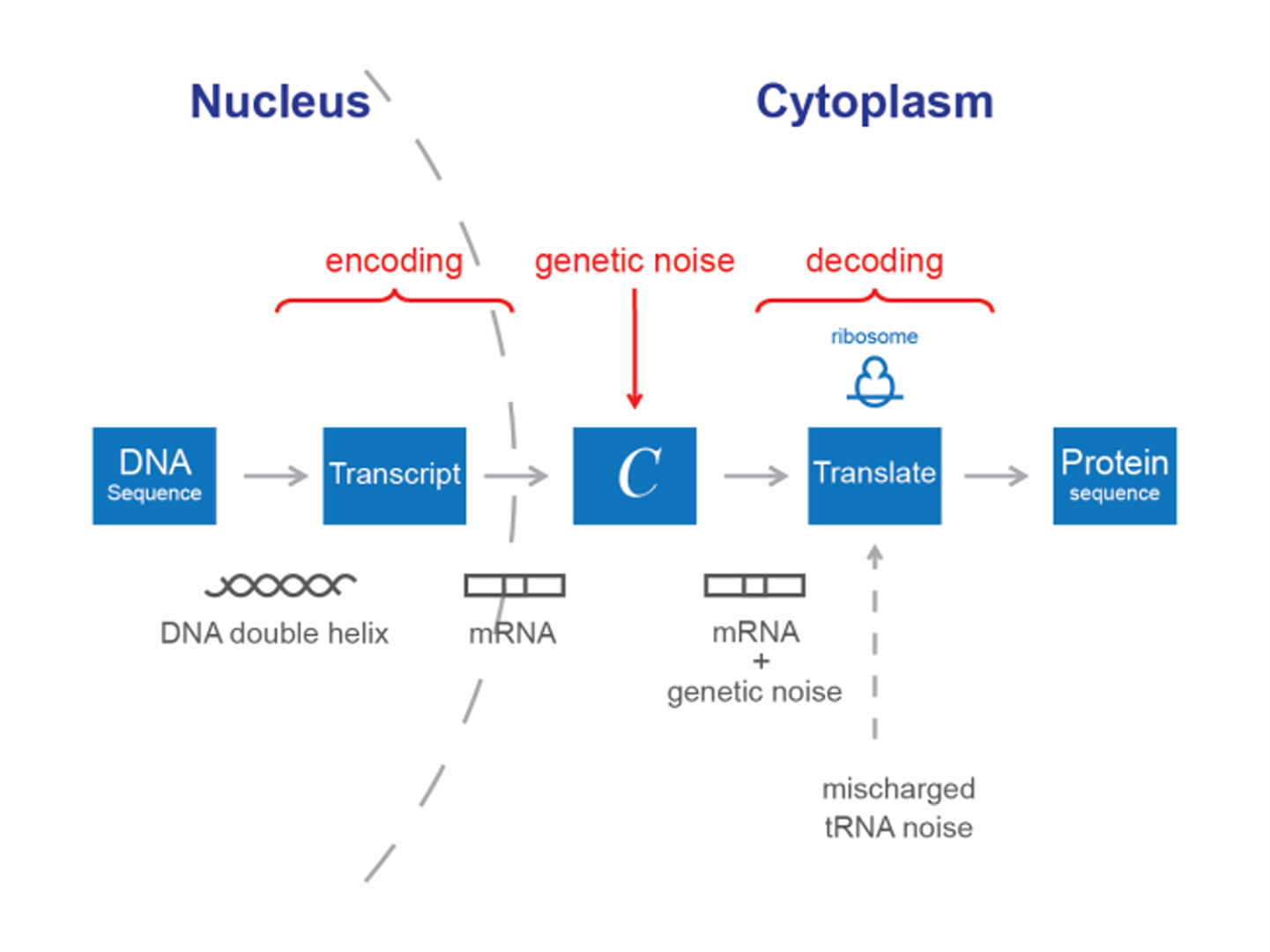“Biocybernetic Serendipity: The Acceptance Of Noise and Mutation in Biocybernetic Art” presented by Zhao, Shin and Yoon
Session Title:
Presentation Title:
Presenter(s):
Abstract:
This paper explores the relationship between biocybernetics, art, and information-based biological system, looking into several biocybernetic artworks, in order to propose the aesthetic potential of noise and mutation in biocybernetic art.
In 1982, Namjune Paik‟s Robot K-456 was killed in a car accident on the Madison Avenue, New York. The death of Robot K-456 paradoxically showed that a cybernetic device may become a living organism. It was a beginning of biocybernetic art that intends to combine „bio‟ related to an area of living organism and „cybernetics‟ associated with control systems. Then, biocybernetic artworks such as Garnet Hertz‟s Cockroach Controlled Mobile Robot, Arthur Elsenaar‟s Electric Eigen-Portraits, and Eduardo Kac‟s Genesis have suggested their own new communication systems based on the flow of information from biological factors to cybernetic artifacts, or vice versa.
They basically imply not only a negative feedback loop of cybernetics and a signal processing of biology, but also the unpredictable such as noise and mutation. Above all, the unpredictability of mutation increases the volume of information and shows the possibility to convert noise into meaningful new information. Ultimately, it leads to biocybernetic serendipity at which biocybernetic art essentially aims.





